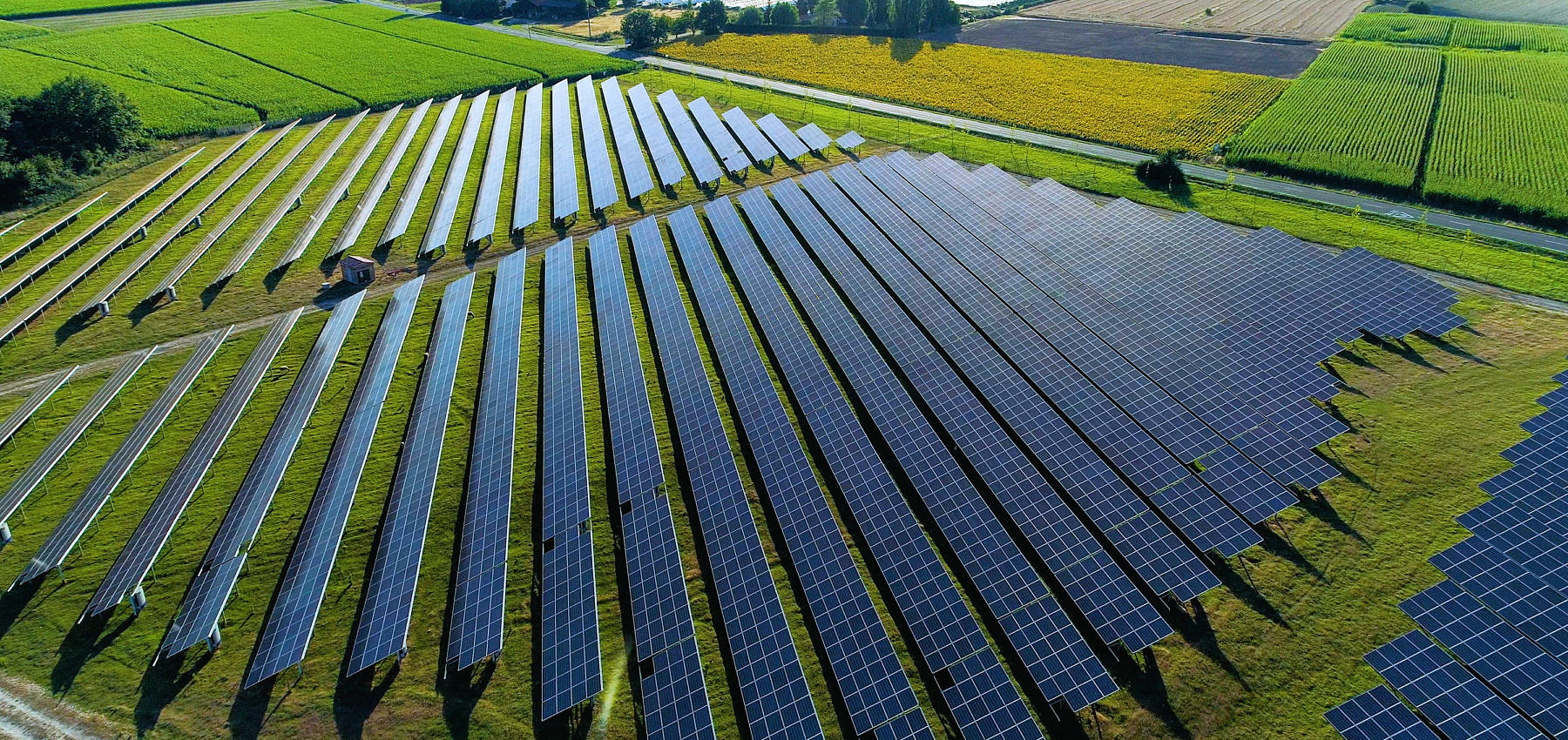Farmland is often flat, cleared of trees and debris, and sunny—an “ideal” location for siting solar energy. This leads to competition between two beneficial land uses, delays the siting of needed energy resources, and can threaten prime farmland and food systems.
This project identifies the policy strategies used by different states to balance rapid renewable energy development with the protection of farmland and agricultural uses and makes those strategies available to law-makers, farmers, researchers, and citizens seeking to change or understand their regulatory landscape.
